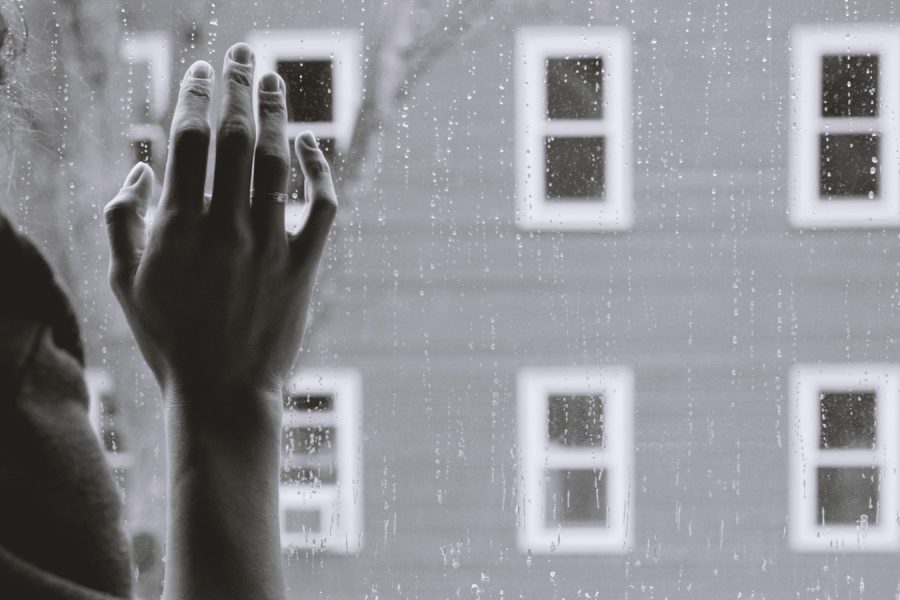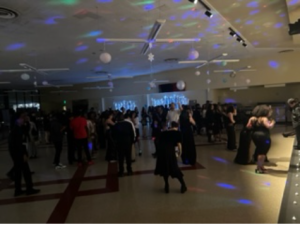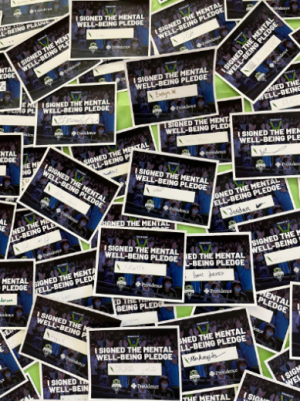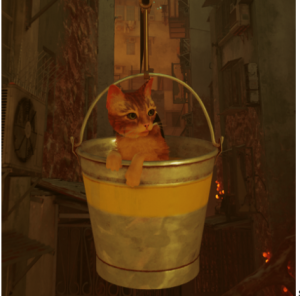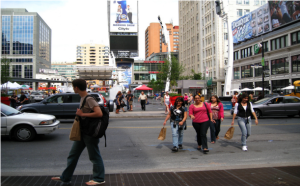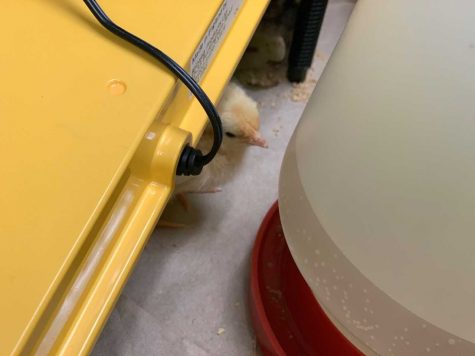Seasonal Affective Disorder (SAD)
January 15, 2019
Seasonal Affective Disorder (SAD) is a form of depression that impacts individuals during specific times during the year, typically during dark winter months. Symptoms tend to include social isolation, increased hopelessness and sadness, decreased motivation, weight gain, fatigue, irritability, difficulty concentrating, oversleeping, loss of energy, and sometimes thoughts of suicide.
4-6% of people in the U.S. are diagnosed with SAD and 10-20% of people in the U.S have mild SAD according to American Family Physician.
People who live in colder, darker places tend to be more at risk for SAD since there is less sun. Lack of Vitamin D in the winter is linked to serotonin production, which is a neurotransmitter that regulates a person’s mood.
Even those who have not been diagnosed with Seasonal Affective Disorder can still feel gloomy and down during the winter, especially living in Seattle where it rains frequently and has a majority of overcast, cold days.
Luckily there are many ways to help lighten the mood and create more joy.
Light therapy boxes are a way of improving symptoms of SAD by being surrounded by a strong artificial light. They are sold in different sizes and light intensities so customers can personalize their experience based on what they need. They can be found on Amazon easily.
In addition, cognitive-behavioral therapy has been proven to help symptoms. At Renton High School, HealthPoint offers free counseling for anyone who wants or needs it. It can be confidential if necessary, so it is a fantastic resource to utilize during high school.
In addition, taking a Vitamin D supplement can be a helpful way to increase serotonin and boost one’s immune system.
Some other forms of treatment for the winter blues can also be more simple.
Exercising on a regular basis increases endorphins which are other neurotransmitters that improve moods.
Also, it helps a person get out of a low energy, low motivation cycle. There are many ways to exercise without being in a sport or joining a gym. For example going on a run, going hiking, doing a workout indoors, or going to a community center to play basketball are all cheap ways of exercising.
Another quick fix is to find ways to enjoy the winter. That could mean anything between putting on warm socks and reading a good book by the fireplace or going skiing at Snoqualmie Pass.
Some possible hobbies to pick up during the winter could be learning to knit, painting, learning to climb or boulder, journaling, skiing, video gaming, yoga, origami, swimming (indoors), bowling, etc.
Getting outside on the days it is sunny is also important to enjoy the little sun that is available.
Finally if money is not an issue, taking a vacation to somewhere sunny is a great cure. Southern California is only a few hours away on a plane and offers nicer weather that can help Seasonal Affective Disorder. The warm sun will relieve stress and create a joyous mood.
Whatever the severity of symptoms, there can be many ways to alleviate the winter blues. Get outside, talk to friends, go to counseling, and be unafraid to combat the cold.
Sources:
https://greatist.com/happiness/6-ways-fight-seasonal-affective-disorder-sad

